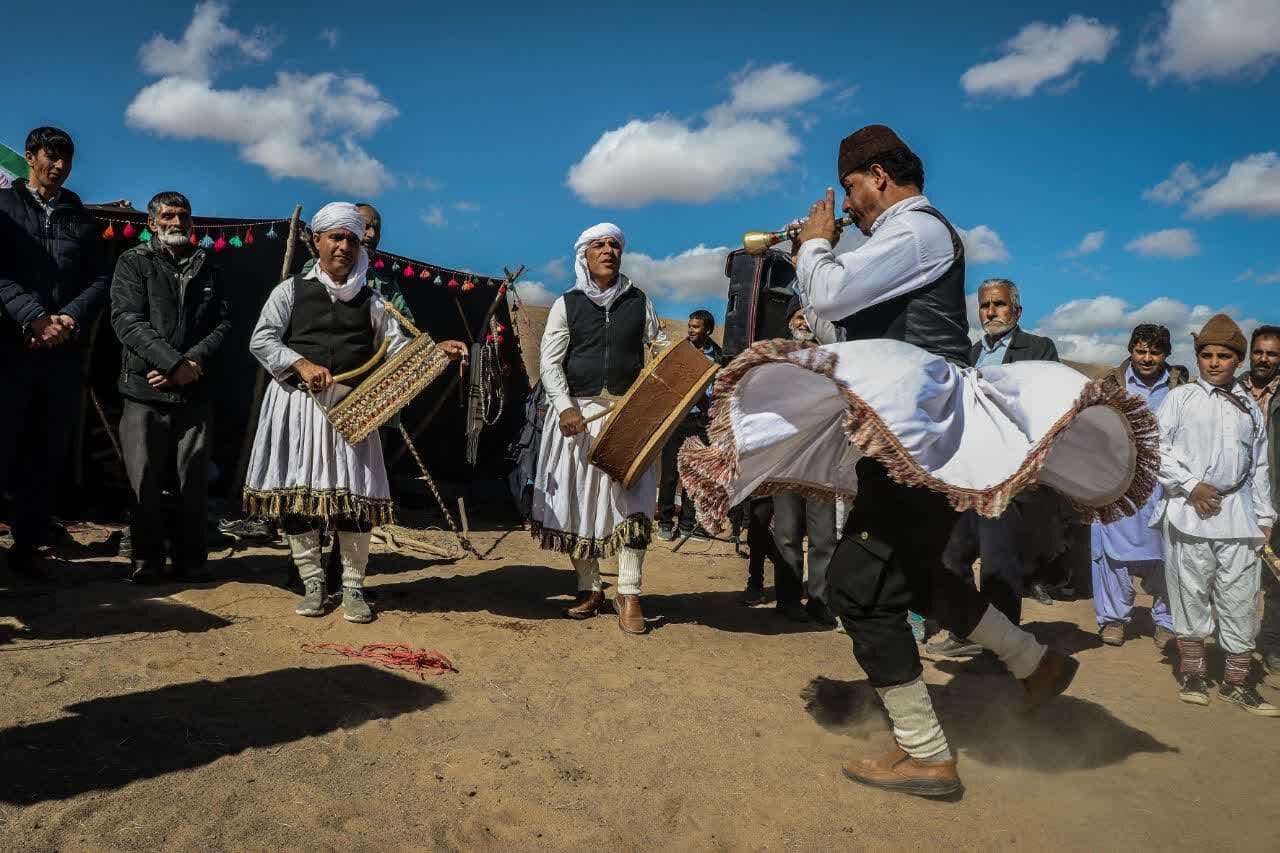Tourism official calls for closer ties among Iran nomads

TEHRAN – Lorestan province’s tourism chief has stressed the need to strengthen cultural ties between the nomadic tribes of Iran.
Iran is a rainbow of different ethnicities, which have lived together for millennia, Ata Hassanpur said on Saturday.
“Events such as festivals, conferences, seminars, and fam tours should be grasped as opportunities to bring the ethnic groups closer to each other,” the official said.
In addition to the different ethnicities, the ancient country is home to many religious minorities as well, he said.
“This rainbow of nations means when we can reach a higher unity and harmony between Iranians and continue it as we have lived together for millennia.”
“Going back to history, we can see that in different times, such as the ears of Parthians, Safavids, and Sassanids, when Greater Iran had more massive political borders…”
“The more we can bring the ethnic groups closer to each other through festivals and other cultural events, we can get closer to unity in Iran,” the official explained.
Greater Iran, as a cultural land, once stretched from one side to the borders of China and the Indian subcontinent to Central Asia and on the other side to the Anatolia region and the Caucasus.
Iranian nomads live in Fars, Chaharmahal and Bakhtiari, Khuzestan, Isfahan, and some other provinces. They usually change between their winter quarters in steppes (Qishlaq or warmer areas) and summer quarters in green mountainous regions (Yeylaq or cooler countryside).
Sightseers may visit nomads at different times of the year. However, the best seasons are spring and summer. There are several nomadic tribes you can meet or stay with, each of them having its unique lifestyle, culture, customs, foods, and musical performances.
Held every year on 21 May, the World Day for Cultural Diversity for Dialogue and Development celebrates not only the richness of the world’s cultures but also the essential role of intercultural dialogue in achieving peace and sustainable development.
The United Nations General Assembly first declared this World Day in 2002, following UNESCO’s adoption of the 2001 Universal Declaration on Cultural Diversity, recognizing the need to enhance the potential of culture as a means of achieving prosperity, sustainable development and global peaceful coexistence.
AFM
